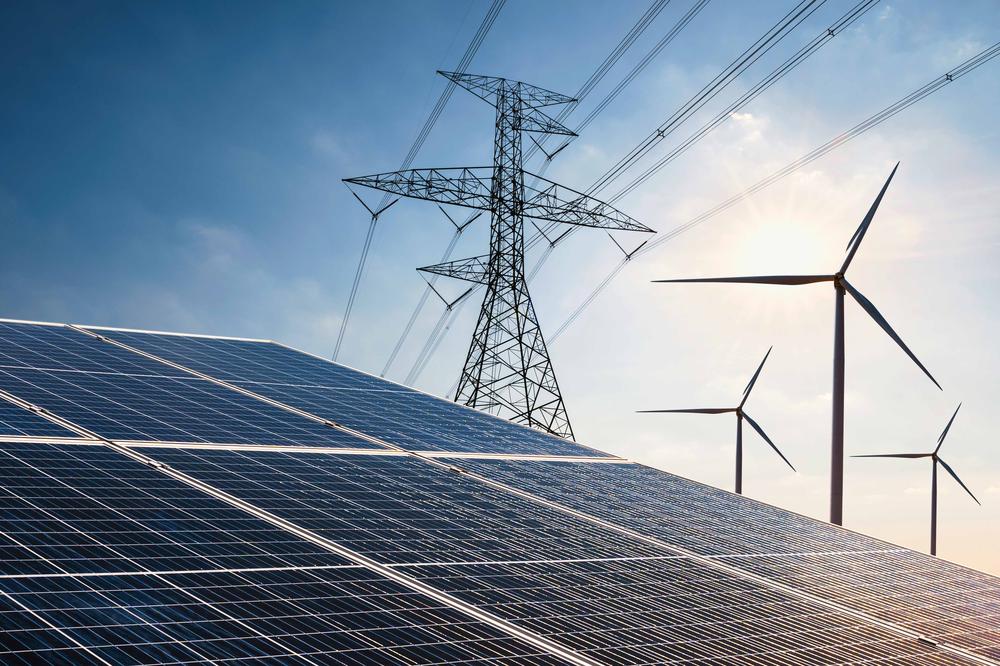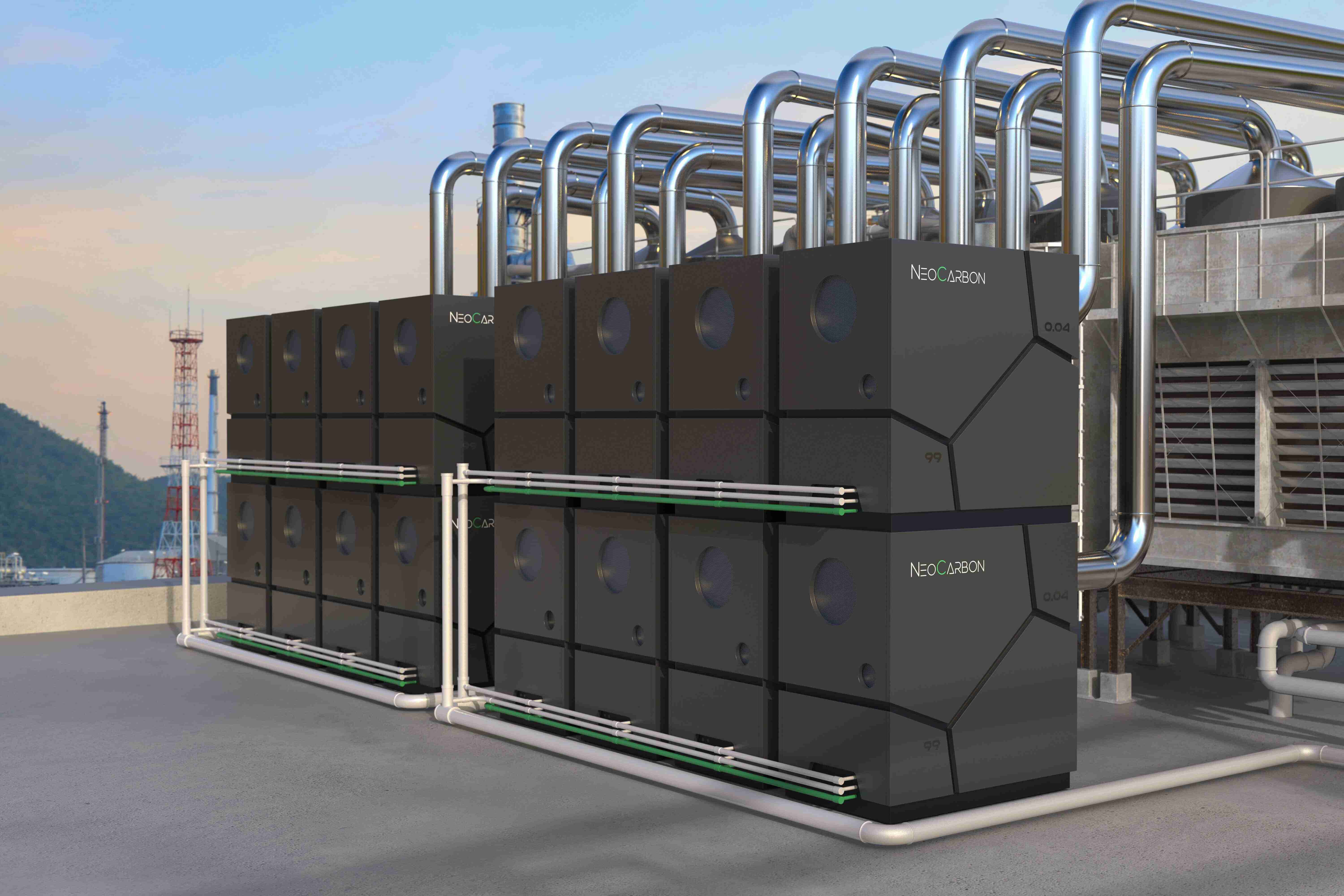
The B2B platform for the best purchasing descision. Identify and compare relevant B2B manufacturers, suppliers and retailers
Close
Filter
Result configuration
Continents
Select continent
Locations
Result types
Company type
Select company type
Industries
Select industry
Company status
Select company status preset
Number of employees
Min.
Max.
Founding year
CapChar
United Kingdom
A
- Employees
-
Key takeaway
Capchar is a carbon removal company focused on implementing stable carbon removal technology at scale, with UK-based biochar projects that aim to verify the removal of over one million tonnes of carbon dioxide by 2030.
Reference
Core business
Carbon Removal Company - Capchar
Aiming to verify the removal of over one million tonnes of carbon dioxide by 2030 using biochar production and sequestration technology
Removr
Bærum, Norway
A
1-10 Employees
-
Key takeaway
Removr is focused on developing industrial-scale solutions for carbon dioxide removal from the atmosphere and its permanent storage. With a commitment to high-quality carbon dioxide removal credits and innovative direct air capture technology, the company aims to become a global leader in carbon removal, leveraging clean power resources and strong industry support.
Reference
Core business
Removr
Scaling carbon removal to avoid global warming
Supercritical
London, United Kingdom
A
- Employees
2021
Key takeaway
The company offers a marketplace for purchasing carbon removal credits, enabling businesses to effectively reduce their carbon footprint and progress toward net zero targets. With options for immediate delivery and future price guarantees, they provide a trusted portfolio of projects that meet diverse carbon removal strategies.
Reference
Core business
Supercritical | Carbon Removal Marketplace - Reach Net Zero Faster
Easily measure, reduce, and remove your company’s carbon footprint with high-quality carbon removal — the only legitimate route to net zero.
Looking for more accurate results?
Find the right companies for free by entering your custom query!
25M+ companies
250M+ products
Free to use
Inherit Carbon Solutions
Oslo, Norway
A
1-10 Employees
2021
Key takeaway
The company emphasizes its commitment to carbon removal, offering valuable insights and solutions for both experts and newcomers in the field. With over 15 years of experience in CO₂ storage projects, they provide scalable and high-quality carbon removal options, including permanent solutions from biogas plants and innovative carbon capture and storage (CCS) methods.
Reference
Product
Permanent Carbon Removal From Biogas Plants — Inherit
Carbon capture and storage (CCS) using our food waste and sewage. Meets McKinsey's eight buying criteria for carbon removal solutions.
Puro.earth
Helsinki, Finland
A
11-50 Employees
2018
Key takeaway
The company highlights its commitment to carbon removal as a crucial part of achieving net zero, emphasizing its role in identifying and verifying suppliers of net negative emissions. Through their CO2 Removal Certificates (CORCs), they provide a reliable and science-based carbon removal credit system, ensuring long-term carbon removal.
Reference
Core business
Puro.earth - carbon removal standard and registry
The world's leading crediting platform for engineered carbon removal. CORC carbon credits ensure that carbon is removed for 100+ years.
Ecoera
Östra Tommarp, Sweden
A
1-10 Employees
2007
Key takeaway
ECOERA Millennium Biochar is dedicated to removing carbon dioxide from the atmosphere at an industrial scale, aiming to achieve a target of 350 ppm CO2 by the century's end. They offer a biochar carbon removal platform that utilizes agricultural residues to create a stable and verifiable carbon sink, contributing to long-term CO2 removal and climate resilience.
Reference
Core business
ECOERA - The Biochar Carbon Removal Company - powering Net-Zero – ECOERA Millennium Biochar and Carbon Emission Removal Service
Purchase Biochar Carbon Removal (BCR) to go to net-zero and climate positive. Providing a stable and verifiable biochar carbon sink for atmospheric carbon removal. Long term removal of CO2. Certificates for carbon removal. CO2e. CO2eq. Biochar CDR. CORCs. CORC.
CarbonSpaceTech
Dublin, Ireland
A
11-50 Employees
2020
Key takeaway
The company, CarbonSpace, focuses on nature-based carbon removal through the sequestration of carbon emissions from various sources like farms, fields, and forests.
Reference
Product
CarbonSpace | Nature-based Carbon Removal
Accend
Fredrikstad, Norway
A
1-10 Employees
2020
Key takeaway
Accend is dedicated to scaling the carbon removal industry by providing services and software that support various carbon removal methods, including biochar and rock weathering. They facilitate the acquisition of high-quality carbon removal credits, making them a key player for buyers committed to achieving Net Zero.
Reference
Core business
Carbon removal | Sustainability Services | Carbon Management
Accend is a specialist in the emerging carbon removal markets. We advise and provide services to biochar and timber producers who remove CO2, as well as companies who are looking to purchase carbon removals.
Carbonfuture
Freiburg im Breisgau, Germany
A
1-10 Employees
2020
Key takeaway
Carbonfuture is dedicated to scaling durable carbon removal, aiming to increase its capacity to 10 gigatonnes per year by 2050. Their rigorous, data-driven MRV+ system ensures that every carbon removal credit in their Marketplace meets the highest quality standards, empowering buyers to invest in carbon removal with confidence.
Reference
Core business
Carbon removal you can trust.

Carbon Removal Jobs
London, United Kingdom
A
1-10 Employees
2022
Key takeaway
The company's mission is to accelerate the carbon removal industry by connecting talent with organizations dedicated to removing billions of tonnes of carbon from the atmosphere. They host a large index of job opportunities in this field, emphasizing the importance of finding the right roles for those looking to contribute to carbon removal efforts.
Reference
Core business
Carbon Removal Jobs
The latest roles where you can help remove carbon from the atmosphere.
Technologies which have been searched by others and may be interesting for you:
A selection of suitable products and services provided by verified companies according to your search.

Product
High-quality carbon removal credits to reach Net-Zero
Go to product
Carbon removal refers to the process of capturing and storing atmospheric carbon dioxide (CO2) to mitigate climate change. This can be achieved through various technological and natural methods, effectively reducing the overall concentration of greenhouse gases in the atmosphere. Techniques include direct air capture, bioenergy with carbon capture and storage (BECCS), afforestation, and soil carbon sequestration. The goal of carbon removal is to balance emissions by actively removing CO2, thereby contributing to global efforts in achieving carbon neutrality. Providers in this space focus on innovative solutions and scalable practices to enhance carbon capture and ensure sustainable environmental benefits.
Carbon removal involves various processes designed to extract carbon dioxide (CO2) from the atmosphere and store it safely to mitigate climate change. Techniques range from natural methods, such as afforestation and soil carbon sequestration, to technological approaches like direct air capture. In natural methods, trees and plants absorb CO2 during photosynthesis, while improved agricultural practices enhance soil’s ability to store carbon. On the technological side, direct air capture systems use chemical processes to bind CO2 from the air, which is then either stored underground or utilized in products like fuels and building materials. This dual approach not only helps in reducing the overall concentration of greenhouse gases but also supports the transition to a more sustainable economy by creating new opportunities for carbon utilization.
Carbon removal is crucial for mitigating climate change and enhancing environmental health. As greenhouse gas concentrations rise in the atmosphere, they contribute to global warming, leading to severe weather patterns, rising sea levels, and ecosystem disruptions. By removing carbon dioxide from the atmosphere, these providers help to lower overall carbon levels, which can reverse some of the adverse effects of climate change. Additionally, effective carbon removal strategies support biodiversity and improve air quality. By restoring natural carbon sinks, such as forests and wetlands, these initiatives create healthier ecosystems. This not only benefits wildlife but also promotes human well-being, as cleaner air and stable climates contribute to sustainable living conditions.
Various technologies are employed in the field of carbon removal to mitigate climate change. One prominent method is Direct Air Capture (DAC), which utilizes chemical processes to extract carbon dioxide directly from the atmosphere. This technology often involves large fans that draw in air and a series of chemical reactions that separate CO2 for storage or utilization. Another significant approach is Bioenergy with Carbon Capture and Storage (BECCS). This involves growing biomass, which absorbs CO2 during its growth, and then using this biomass to generate energy. The emitted carbon from this process is captured and stored underground. Additionally, mineralization techniques leverage natural geological processes to convert CO2 into stable minerals. These technologies are crucial for achieving net-zero emissions and addressing climate change effectively.
The implementation of carbon removal faces several challenges that can hinder its effectiveness. One significant issue is the high cost associated with various carbon removal technologies. These methods often require substantial investment in research, development, and infrastructure, making them financially prohibitive for some providers. Additionally, there is a need for robust regulatory frameworks to guide and support carbon removal initiatives. The lack of clear policies can create uncertainty for investors and hinder the scaling of projects. Environmental concerns also arise, as some methods may impact local ecosystems or compete with land use for agriculture. Addressing these challenges is crucial for the successful deployment of carbon removal solutions.
Some interesting numbers and facts about your company results for Carbon Removal
| Country with most fitting companies | United Kingdom |
| Amount of fitting manufacturers | 8828 |
| Amount of suitable service providers | 10000 |
| Average amount of employees | 1-10 |
| Oldest suiting company | 2007 |
| Youngest suiting company | 2022 |
20%
40%
60%
80%
Some interesting questions that has been asked about the results you have just received for Carbon Removal
What are related technologies to Carbon Removal?
Based on our calculations related technologies to Carbon Removal are Water/Ocean Cleaning Technologies, Waste Management, Renewable Energy, Sustainable Fashion, Smart Grid
Who are Start-Ups in the field of Carbon Removal?
Start-Ups who are working in Carbon Removal are Inherit Carbon Solutions, Carbon Removal Jobs
Which industries are mostly working on Carbon Removal?
The most represented industries which are working in Carbon Removal are Oil, Energy and Gas, Environment, Disposal and Recycling, Other, IT, Software and Services, Construction
How does ensun find these Carbon Removal Companies?
ensun uses an advanced search and ranking system capable of sifting through millions of companies and hundreds of millions of products and services to identify suitable matches. This is achieved by leveraging cutting-edge technologies, including Artificial Intelligence.